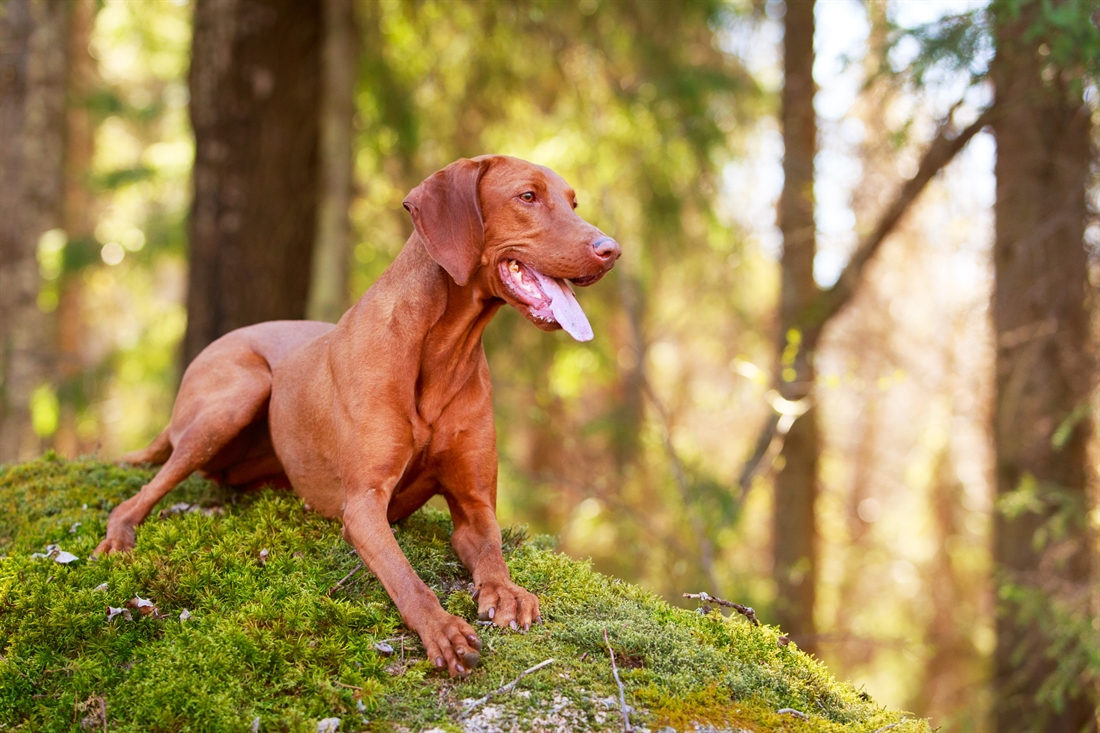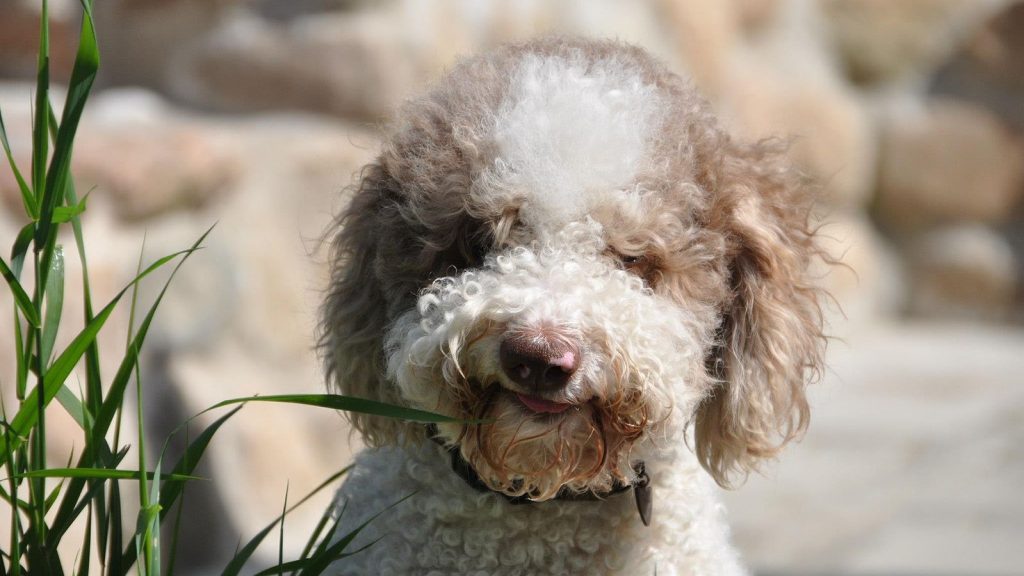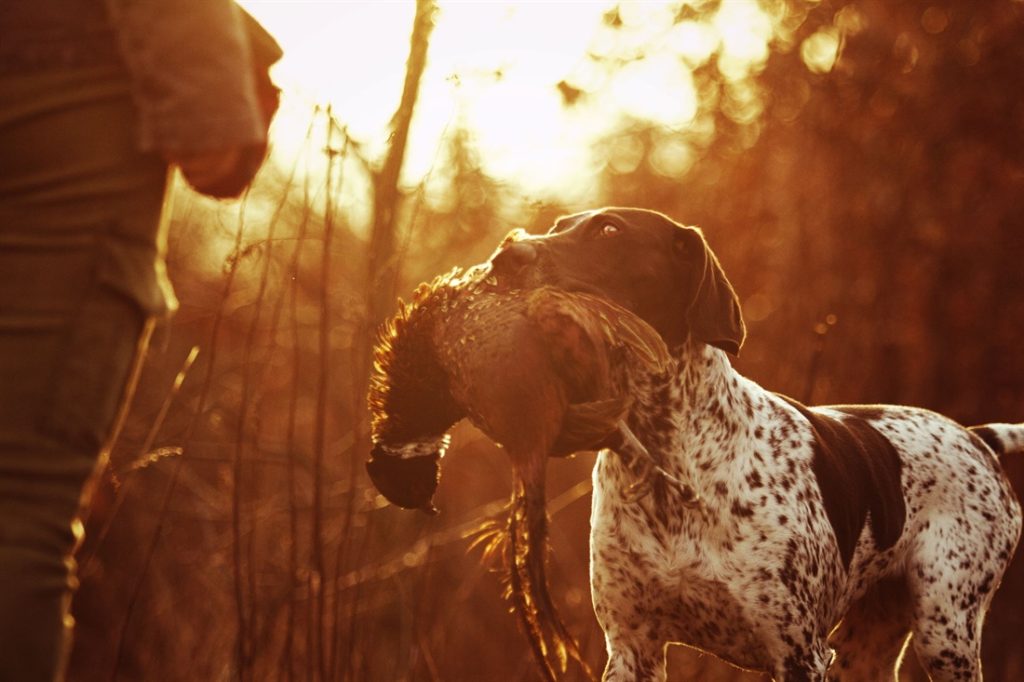Hungarian Vizsla

The Hungarian vizsla is the most popular dog breed for hunting, pointing, and retrieving in Britain, and it’s regarded as a national treasure in its homeland. Selectively bred and protected by the Hungarian nobility for centuries, the Hungarian vizsla arrived in Britain in the 1950s.
Hungarian vizslas were originally bred to track and hunt both small and large game. Today, it’s an all-rounder that’s well-adapted to walked-up or rough shooting of both fur and feather. This breed can also be trained to work in the beating or picking up team of your local shoot. Falconry is another natural outlet for the Hungarian vizsla dog, as are many canine sports.
Hungarian Vizsla: Key Characteristics
The Hungarian vizsla is highly valued for its eye-catching russet-gold coat, noble head, and aristocratic bearing.
The vizsla is naturally lively and biddable, and it can become very attached to its owner. However, the vizsla dog breed can be wary of other people and dogs, meaning it requires careful training.
Owning A Hungarian Vizsla: Pros And Cons
Hungarian Vizsla Pros
- Good with other dogs
- Highly intelligent
- A good companion dog
- Sensitive nature
Hungarian Vizsla Cons
- Sensitive nature can display as timidity
- Has extremely high energy levels, so needs a lot of exercise
- Can be an exuberant jumper
- Can experience separation anxiety
- May be easily distracted during training
- Hungarian vizslas may develop conditions including epilepsy, entropion (inward turning eyelids), and hip dysplasia, which may lead to arthritis
How Much Exercise Does A Hungarian Vizsla Need?
The Hungarian vizsla needs at least an hour of exercise per day, usually in 2 x 30-minute sessions. Take care not to over-exercise vizslas as puppies to help prevent joint or mobility problems developing when they’re older.
As it’s bred as a hunting dog, any game that requires a vizsla to follow a trail with its nose is a good form of exercise for this breed.
How To Train A Hungarian Vizsla Puppy
It’s important to start training a Hungarian vizsla dog as early as possible due to their sensitive and somewhat complicated personality. This means the breed requires careful training and management, and isn’t suited to all owners.
Hungarian vizsla puppies are highly intelligent, so it’s important to be consistent in your communication with them from the start, clearly expressing when you’re pleased or disappointed with them.
This dog can be a timid breed if it’s not socialised from the start, so take the time to expose them to different settings, loud noises, other dogs, and a variety of people with different characteristics.
Find out more about other gundog breeds here.
Related Articles
Get the latest news delivered direct to your door
Subscribe to Gundog Journal
Unlock the full potential of your working dog with a subscription to Gundog Journal, the UK’s only dedicated magazine for gundog enthusiasts. Published bi-monthly, this authoritative resource delivers expert training advice, in-depth interviews with top trainers and veterinary guidance to help you nurture a stronger bond with your dog.
With stunning photography and thought-provoking content, Gundog Journal is your essential guide to understanding, training and celebrating your working dog.
Save 10% on shop price when you subscribe, with a choice of packages that work for you. Choose from Print & Digital or Digital only with each journal delivered directly to your door or via the app every other month, plus access to past issues with the digital back issue library.







